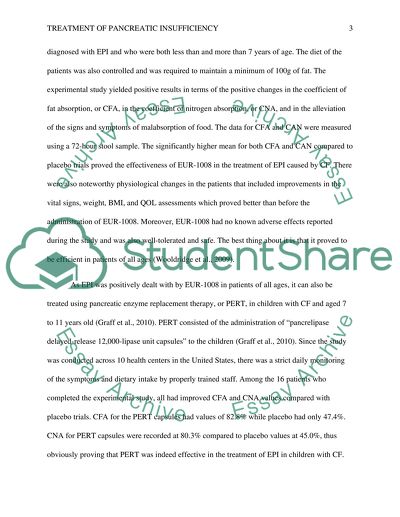Cite this document
(“Treatment of Pancreatic Insufficiency due to Cystic Fibrosis Research Paper”, n.d.)
Retrieved from https://studentshare.org/health-sciences-medicine/1498736-treatment-of-pancreatic-insufficiency-due-to-cystic-fibrosis
Retrieved from https://studentshare.org/health-sciences-medicine/1498736-treatment-of-pancreatic-insufficiency-due-to-cystic-fibrosis
(Treatment of Pancreatic Insufficiency Due to Cystic Fibrosis Research Paper)
https://studentshare.org/health-sciences-medicine/1498736-treatment-of-pancreatic-insufficiency-due-to-cystic-fibrosis.
https://studentshare.org/health-sciences-medicine/1498736-treatment-of-pancreatic-insufficiency-due-to-cystic-fibrosis.
“Treatment of Pancreatic Insufficiency Due to Cystic Fibrosis Research Paper”, n.d. https://studentshare.org/health-sciences-medicine/1498736-treatment-of-pancreatic-insufficiency-due-to-cystic-fibrosis.


